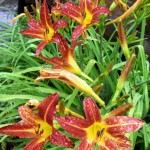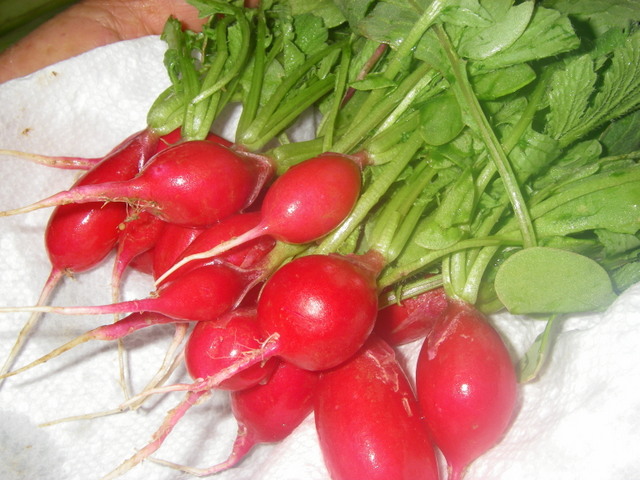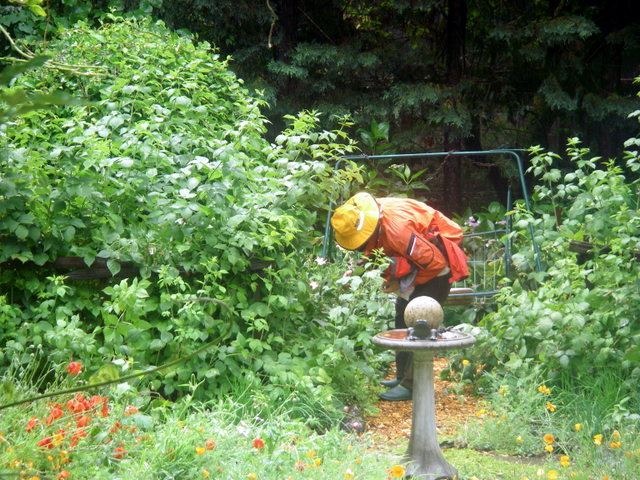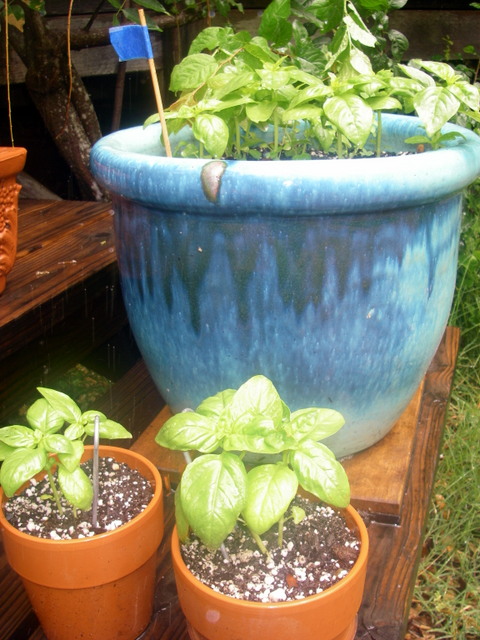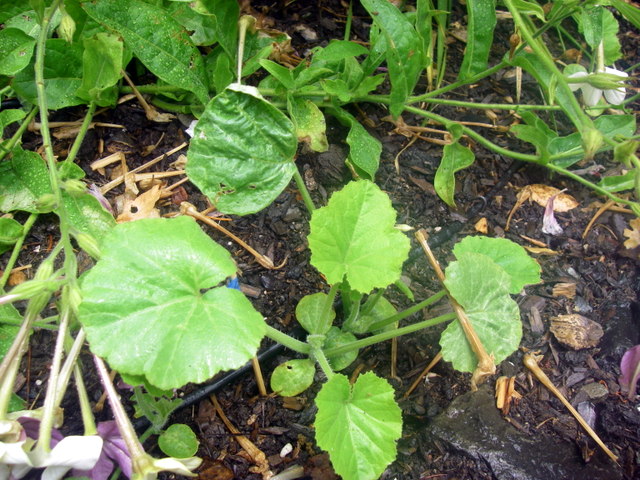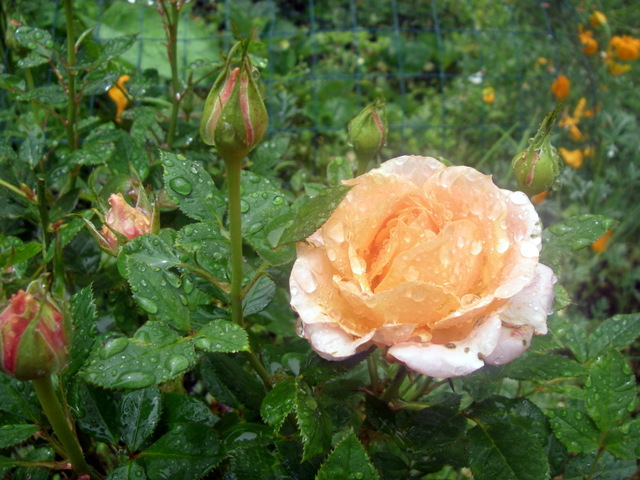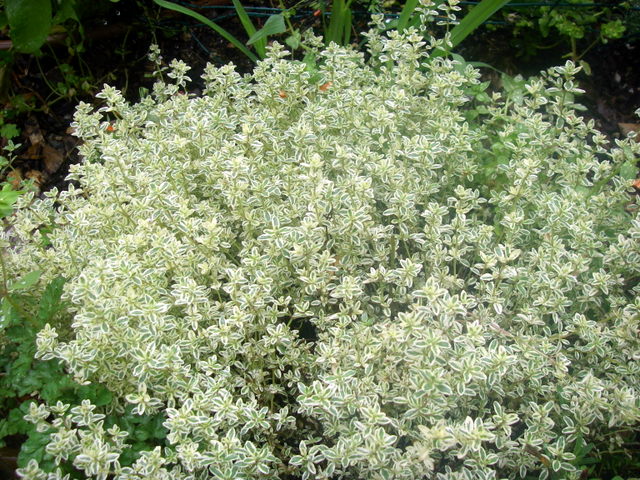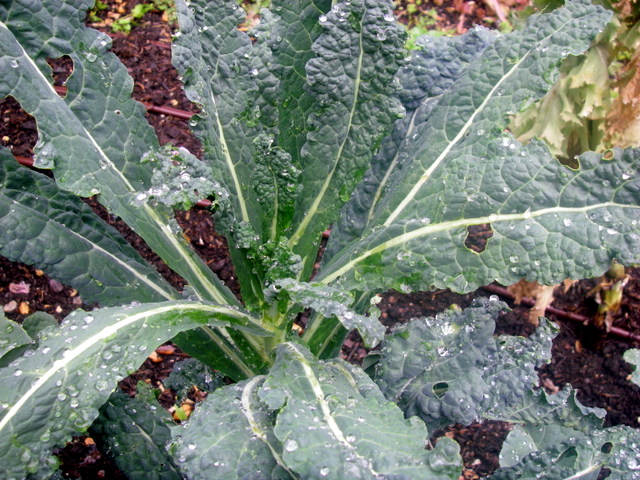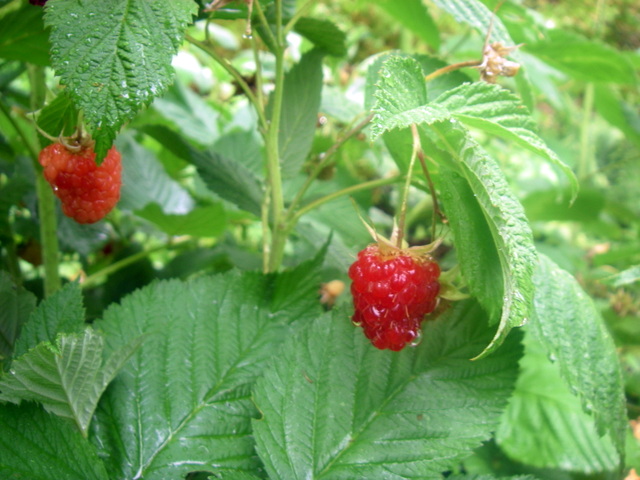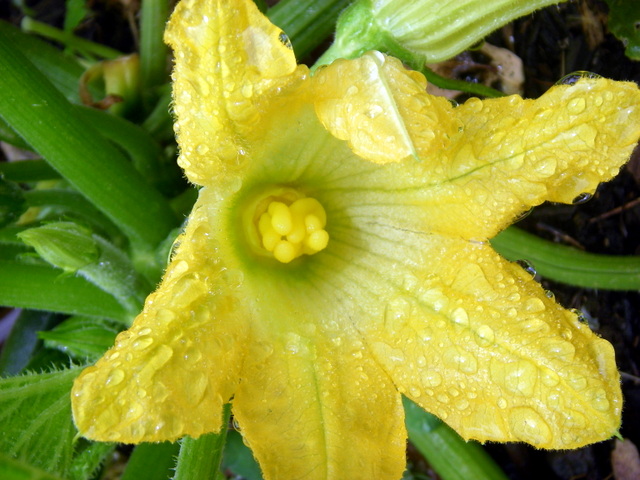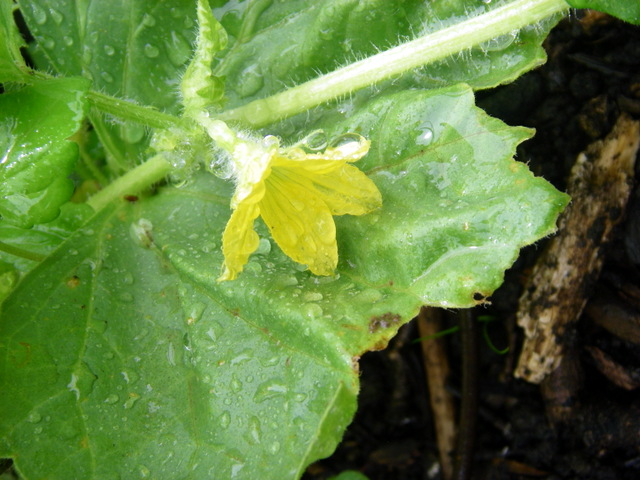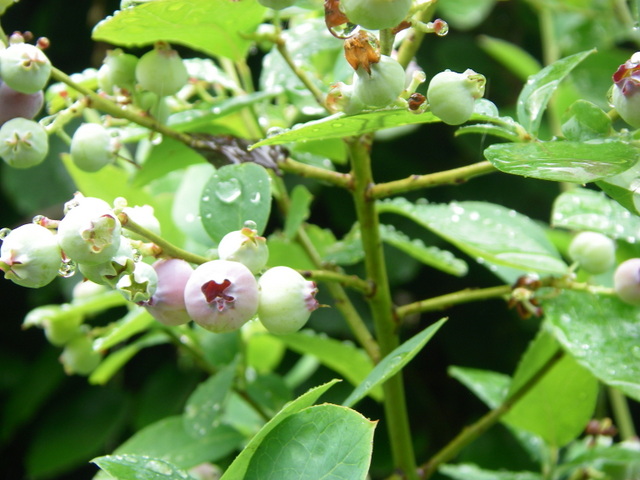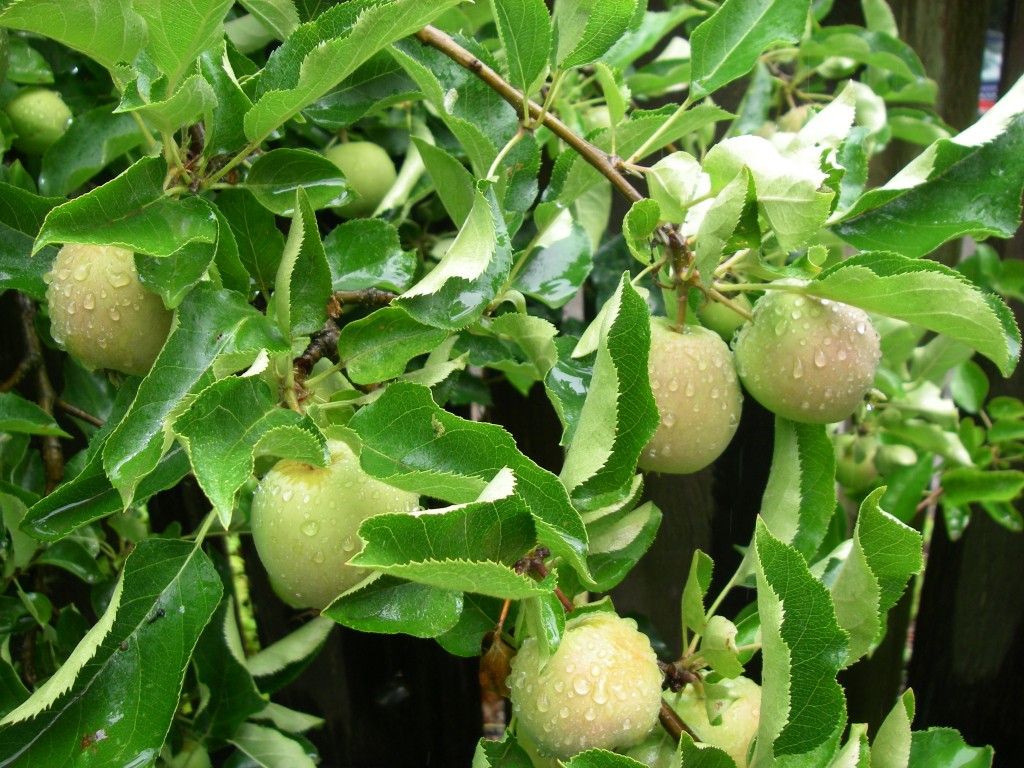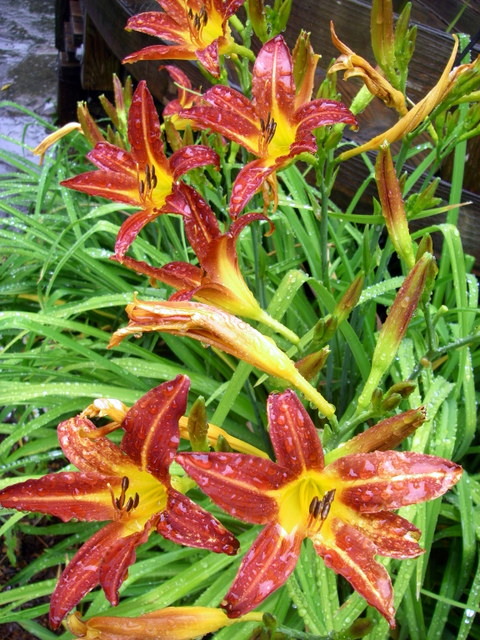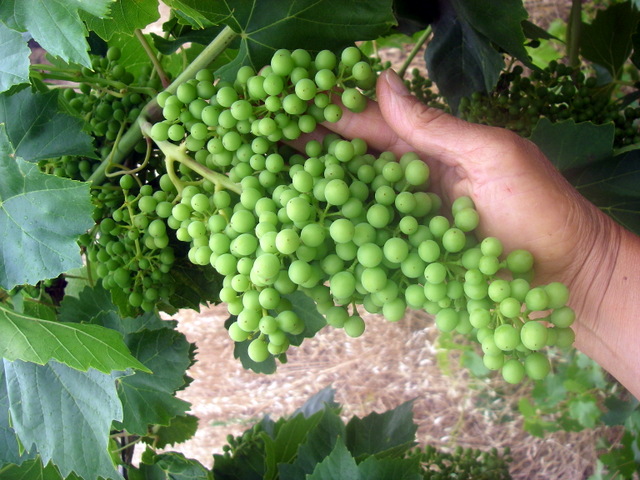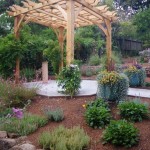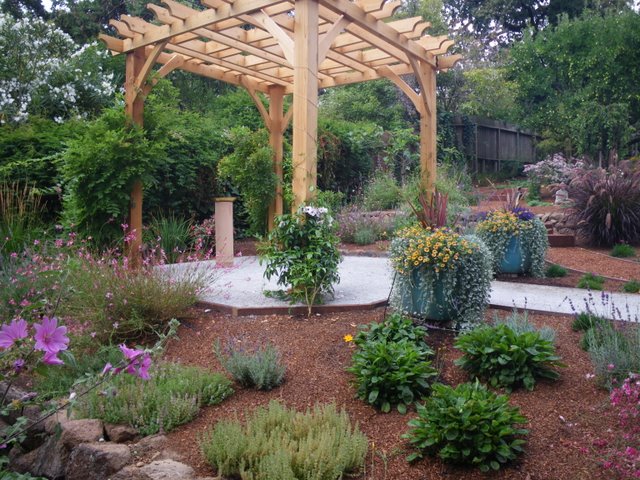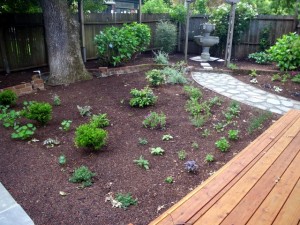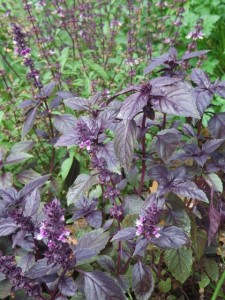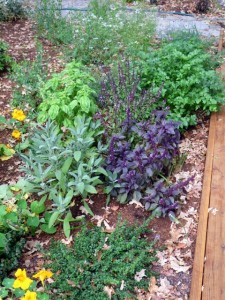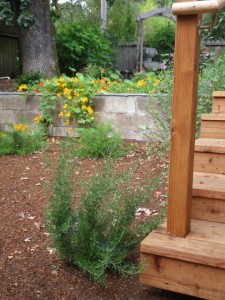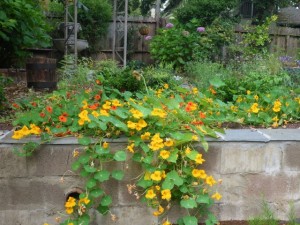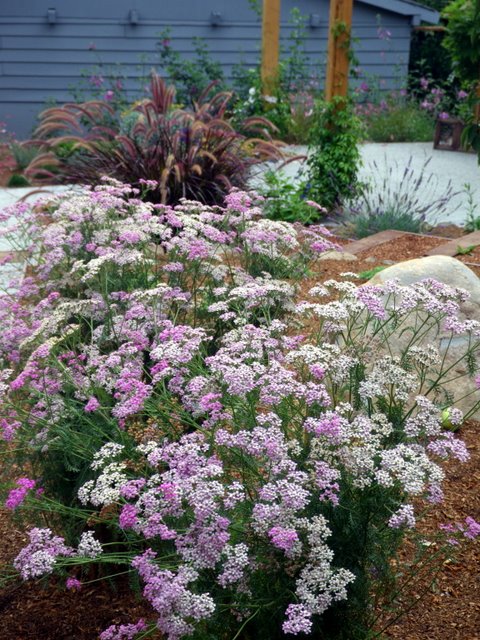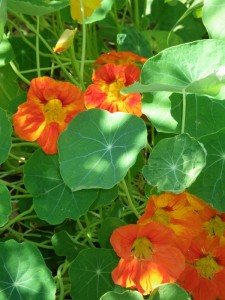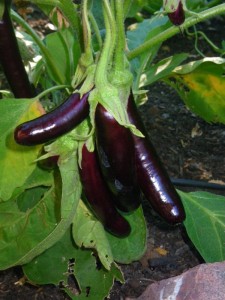
Eggplant with basil and tofu anyone?
by Avis Licht
When deciding what to plant in your garden, in addition to the obvious parameters of site and climate, you can have fun with ideas based on what kind of food you like to eat. Are you Italian/pizza lovers? Is your favorite dinner a Mexican style salsa/burrito/tomale? Why not plant a theme garden based on your favorite meals? To make that homemade pizza sauce you could plant different heirloom varieties of paste tomatoes, with 3 different types of peppers and quantities of flavorful herbs.
When deciding on the vegetables for your style of garden, you can also look up recipes and find out the best herbs for your dishes. Instead of going from store to store trying to find the right herb, you could just go out and pick it fresh.
Asian herbs include: Chinese chives, coriander, cilantro, ginger, Thai basil, lemongrass, peppermint, sorrel and dill. Asian cuisine is vast and covers many countries, but there are some herbs like the lemongrass that have a very particular flavor which can be hard to find in stores. Although it is a tropical herb and doesn’t live in climates below 30 deg F. you can treat it as an annual and it will give you plenty of leaves.
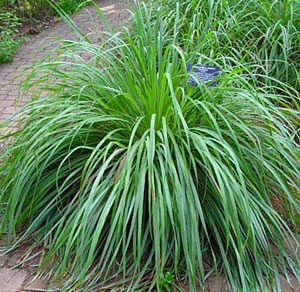
Beautiful in the edible landscape, Lemongrass is an unusual and wonderful herb for Thai food.
Herbs that are common to many types of cuisine and easy to grow include: onions, cilantro, garlic and basil. Mediterranean herbs like rosemary, marjoram, oregano, parsley, sage, thyme and bay leaves are easy to grow and should be in everyone’s garden. It’s hard to describe the difference between fresh and dried herbs to those who don’t use fresh herbs. I guess it’s like the difference between breathing in the fresh air at the ocean and using an oxygen tank with tubes up your nose. Well, that may be a little extreme, but you get my drift.
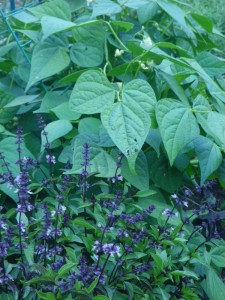
Thai Basil has a unique flavor- grown with beans in this photo
Some unusual vegetables that you would use in Chinese and Japanese cuisines include bok choy, Napa cabbage, daikon radish, green onions, snow peas and soybeans. You can find seeds for these plants in any of the catalogs in my Resource page.
For a Mediterranean garden you would plant all of the following: tomatoes, eggplant, and peppers,asparagus, Tuscan kale, Savoy cabbage, radicchio, endive, artichokes, zucchini, fennel, bell peppers.
For Mexican cooking, legumes (black beans, pinto beans), corn, and a variety of peppers (poblano, jalapeno, ancho, serrano) are key. And don’t forget the squashes. They’re easy to grow, taste great and keep well, (that would be winter squash).
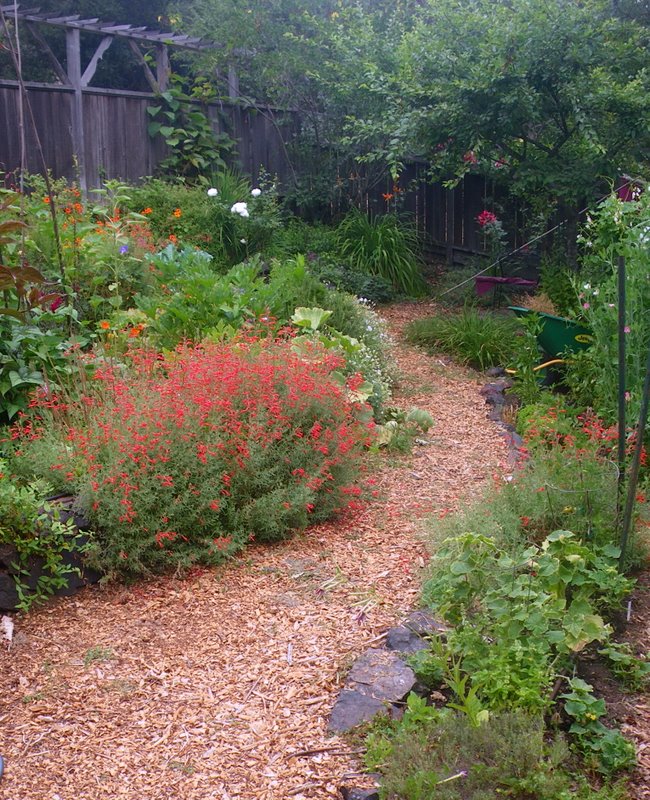
Themed gardens are beautiful as well as productive
Stay tuned for landscape plans for theme gardens. Subscribe to my blog and you won’t miss any of the information you need to keep your garden healthy, beautiful and bountiful.
Here’s a great recipe I found for Homegrown Pizza Sauce – all ingredients from the garden:
.
Ingredients
“I’ve always made pizza sauce based on my mother’s recipe, starting with a can of tomato sauce. This year, I started with paste tomatoes from my garden with great success. You’ll notice that the amounts in the ingredient table below are rough; please add veggies and herbs according to your taste
- 3 pounds very ripe tomatoes, washed, stemmed, quartered, and seeded
- 1 yellow onion, very small dice
- 4 garlic cloves, minced
- 2 tbl. dried oregano
- 1 tbl dried thyme
- 2 bay leaves
- 1 tbl. olive oil
- sea salt, black pepper, and sugar to taste.
- Place quartered tomatoes in large saucepan over medium heat. Cook, stirring frequently. The tomatoes will let go of a surprising amount of juice.
- Remove from heat and strain off solids. Set solids aside and return juice to the stove.
- Simmer juices, uncovered, until reduced.
- Add tomato solids back into the saucepan and stir in all remaining ingredients except sugar.
- Bring sauce back to a simmer and cook, stirring regularly, until the onions are translucent and the sauce has reduced to the desired consistency.
- Taste.
- Add a small amount of sugar, mix thoroughly, and taste again. Repeat until you achieve an acidity that tastes good to you.
- Sauce should keep in the refrigerator for about a week, in the freezer for a few months, or may be canned.” From www.opensourcefood.com.
Don’t forget, it’s not too late to start your Spring Garden. To help you I’ve put together a handbook on the steps you can take to be successful in your garden. Included is information on soil, sites, annuals, perennials, fruits and much more. This is a 20 page guide to get you started on your edible landscape. Forty years of gardening has given me plenty to share. If you have enjoyed my blog, be sure to get my booklet.

